There has been dismay at the latest statistics from the National Literacy Trust, which reports that the number of children who say they read for pleasure is down to an all-time low of one in three. More than half of primary-school children say they read for pleasure, but that drops to three in ten in secondary school. Is the battle, as it were, lost? I think and hope not.
We can, I hope, agree that reading books is a good thing — that it gives young readers something important that they can’t get anywhere else. We know that children who read develop language faster and better, that it fuels empathy and curiosity and improves their mental health in a world set up to batter it. The children’s laureate Frank Cottrell-Boyce has rightly called the benefits of reading “an invisible privilege”. We can also agree that “it will do you good” is about as enticing a recommendation for fiction as it is for cod-liver oil.
Two things seem to me to be worth bearing in mind. The first is that pleasure is always going to win out over any other consideration when it comes to getting children reading. The most successful children’s books are books that children have enjoyed. It’s enjoyment, after all, that drives the interest in screens that parents of a certain age see as the competition.
Rupert Grint, Daniel Radcliffe and Emma Watson in Harry Potter
ALAMY/WARNER BROS
We know what children enjoy: they love stories. The murder-to-dissect approach in education — where they are expected to parse decontextualised gobbets for grammatical structures — throws out the most powerful natural ally the teacher or librarian has, which is a child’s thirst for narrative. They love world-building, they love jokes and they love to know what happens next.
The second thing to focus on is that children don’t make the distinctions that adults have been taught to between highbrow and lowbrow. They tend to be platform agnostic. They aren’t snobs. So drawing those sorts of lines — these are classics, this is trash, these are proper books, this is for babies — is pointless and counterproductive. Likewise, their enthusiasm for worlds and characters they find on TV or in video games — be those footballers, superheroes or Pokémon — can be allies rather than antagonists in leading them to the written word.
Advertisement
You may think the novel series Beast Quest or the comic series 2000AD are without merit. You may wince if the kids dig David Walliams’s bum gags, or ghostwritten books by footballers. But let them be omnivores for a bit. One thing leads to another. If they are getting pleasure out of the dead-tree artefact in their hands, that pleasure will lead them to more, and more interesting dead-tree artefacts.
So I don’t think, however bad the stats may look, that this need be a losing battle. I can speak only for my own experience, and I know that’s limited by class and generation, but I’ve seen my reading-reluctant ten-year-old turn a corner with The Simpsons comics (he loved the TV show first). And one of the joys of my life as a parent was finding my daughter, nine at the time, howling disconsolately because she’d got to “that bit” in Charlotte’s Web. If you’ve once been moved to tears or laughter by words on a page — if you know that you can be — the hook is in for life.
• The best books for children 2024: find the perfect read
Each Peach Pear Plum by Janet and Allan Ahlberg
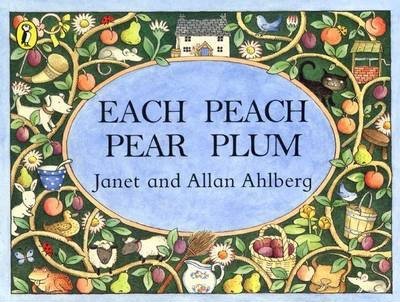
Taking pleasure in books starts not with reading, but with being read to. That means not only enjoying absorbing and interesting pictures in which you can pick out details together, but poetry that lets children hear for the first time how language can be musical and surprising and delightful. Janet and Allan Ahlberg’s classic, beautifully structured and prosodically lilting as it ingeniously threads a cast of nursery-rhyme characters together, is endlessly rereadable and has a wonderfully affirmative ending: “Plum pie, in the sun/ I spy …/ … EVERYONE!”
Puffin £6.99, age 1-3. Buy from timesbookshop.co.uk
Fox in Socks by Dr Seuss
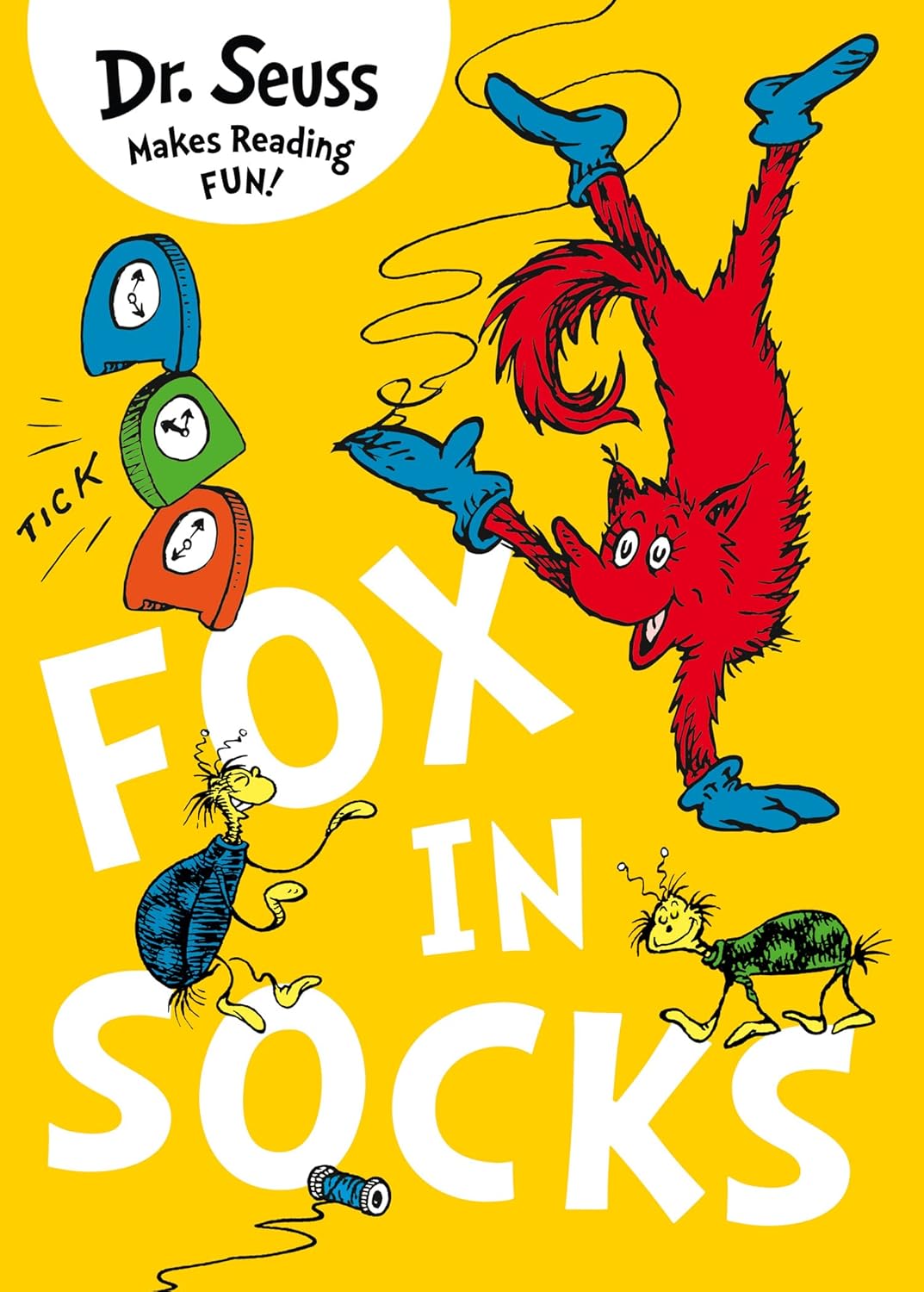
I choose this as a personal favourite, not least because its tongue-twisters allow its child audience to laugh at an adult reader stumbling through the three cheese trees with those three free fleas. But any Dr Seuss does the trick: the alarming food-refusal chase of Green Eggs and Ham; the home-invasion fantasy of The Cat in the Hat. All good. They immerse children in another world whose sights and sounds are marvellous and surprising.
HarperCollins £7.99, age 2-6. Buy from timesbookshop.co.uk
Advertisement
• Help! My children won’t read: expert tips for raising voracious readers
Bunny vs Monkey series by Jamie Smart
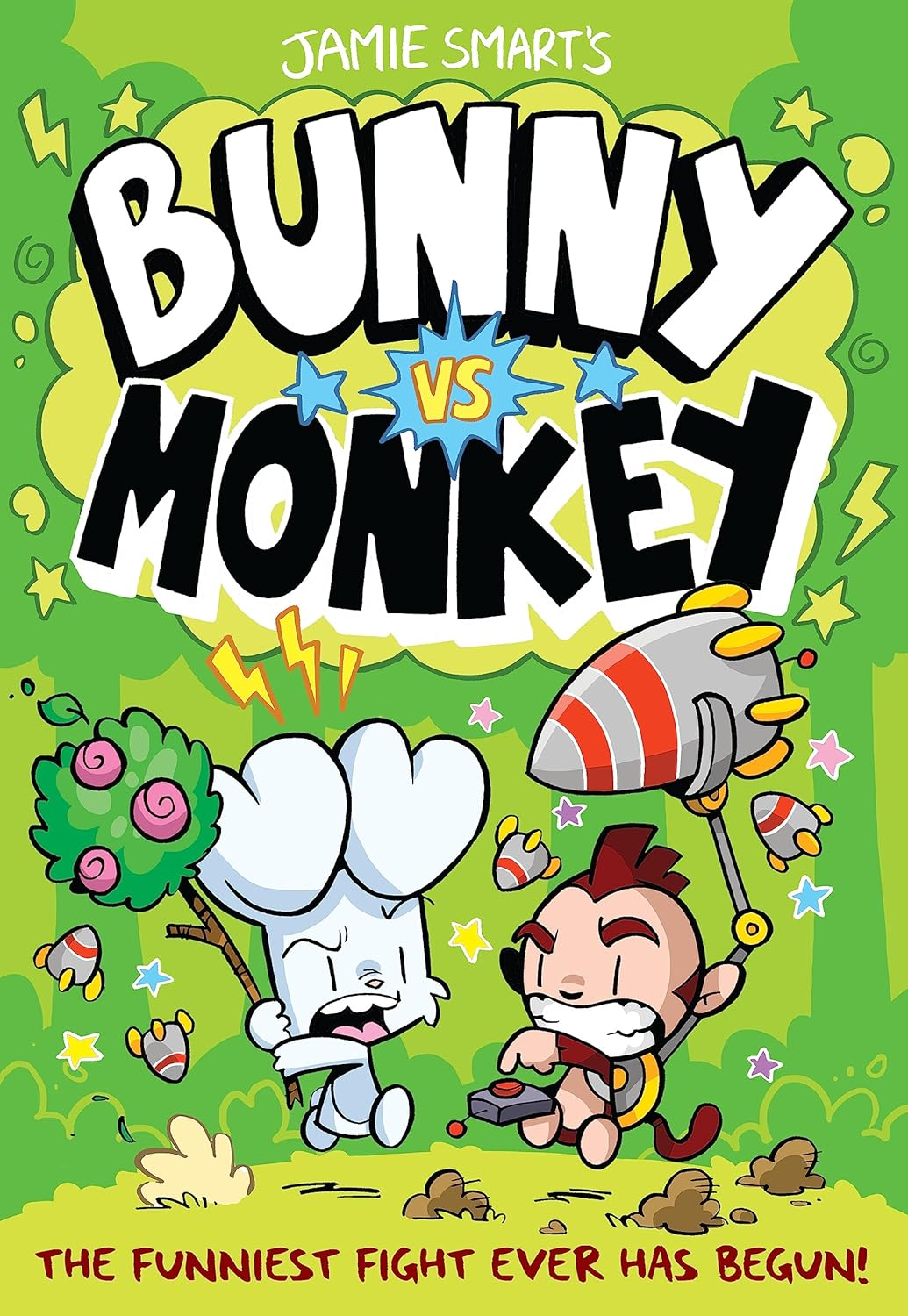
When the doomy figures on children reading for pleasure came out, many children’s authors on social media said that parents, teachers and librarians should stop stigmatising comics. Right on. Comics are a gateway drug and Jamie Smart’s zany Bunny vs Monkey, which started in the kids’ comic The Phoenix, has been tested in the general population. They are funny and anarchic — think Krazy Kat and Ignatz or Wile E Coyote and the Road Runner, but in the Hundred Acre Wood — and kids love them.
David Fickling £9.99, age 7+. Buy from timesbookshop.co.uk
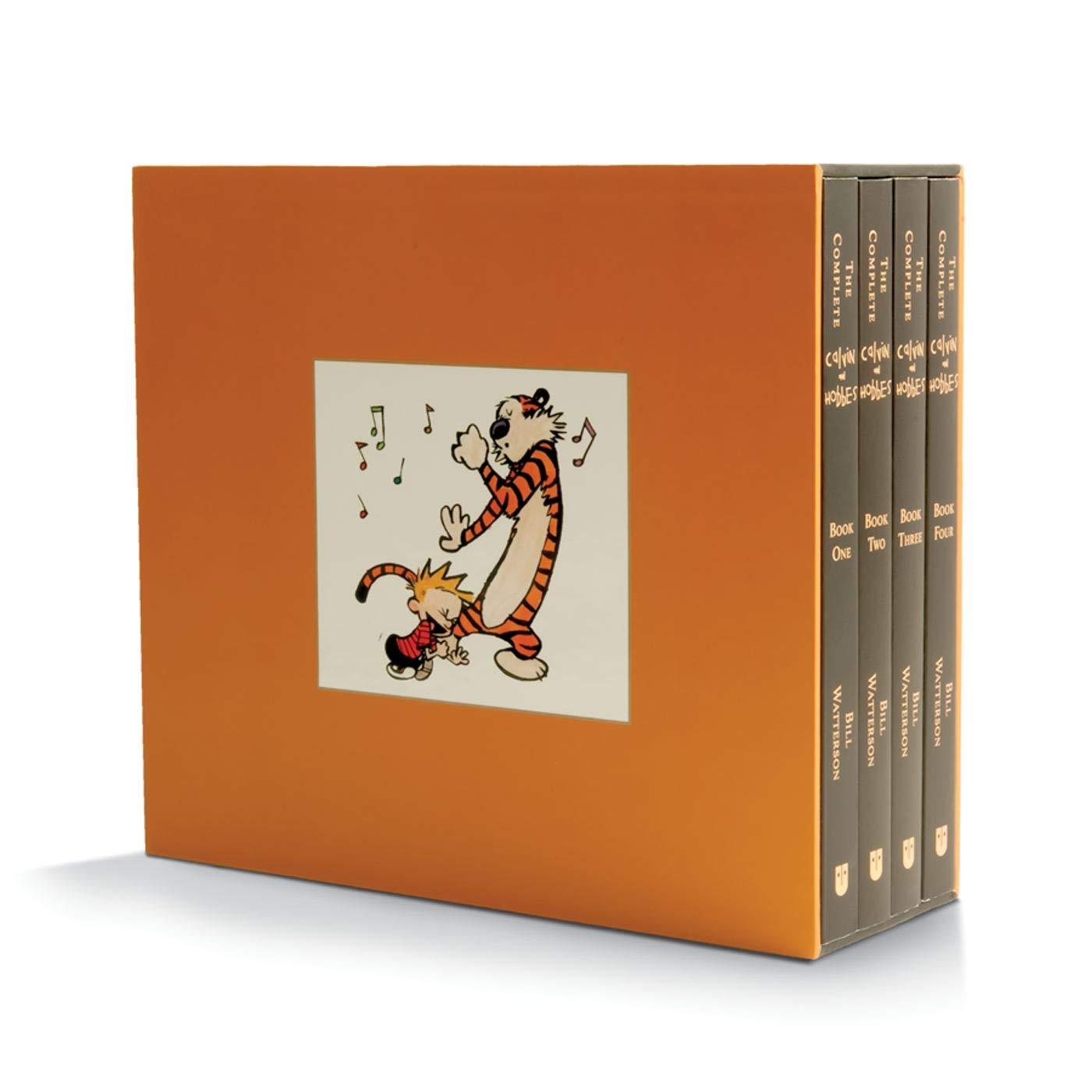
The Complete Calvin & Hobbes by Bill Watterson
The best strip cartoon since Peanuts. You can buy the complete run of cartoons – though it’s not cheap – in a four-volume set and be sure your children will devour them. (As will you.) Not only will they be reading one of the pinnacles of the cartoonist’s art, laughing their heads off at the adventures of Spaceman Spiff, and recognising versions of their own lives and families on its pages, but you will be given a way into “the talk” — you know: the one about the philosophers of the Enlightenment and the Protestant Reformation.
Andrews McMeel £111, age 9-13. Buy from timesbookshop.co.uk
Diary of a Wimpy Kid series by Jeff Kinney
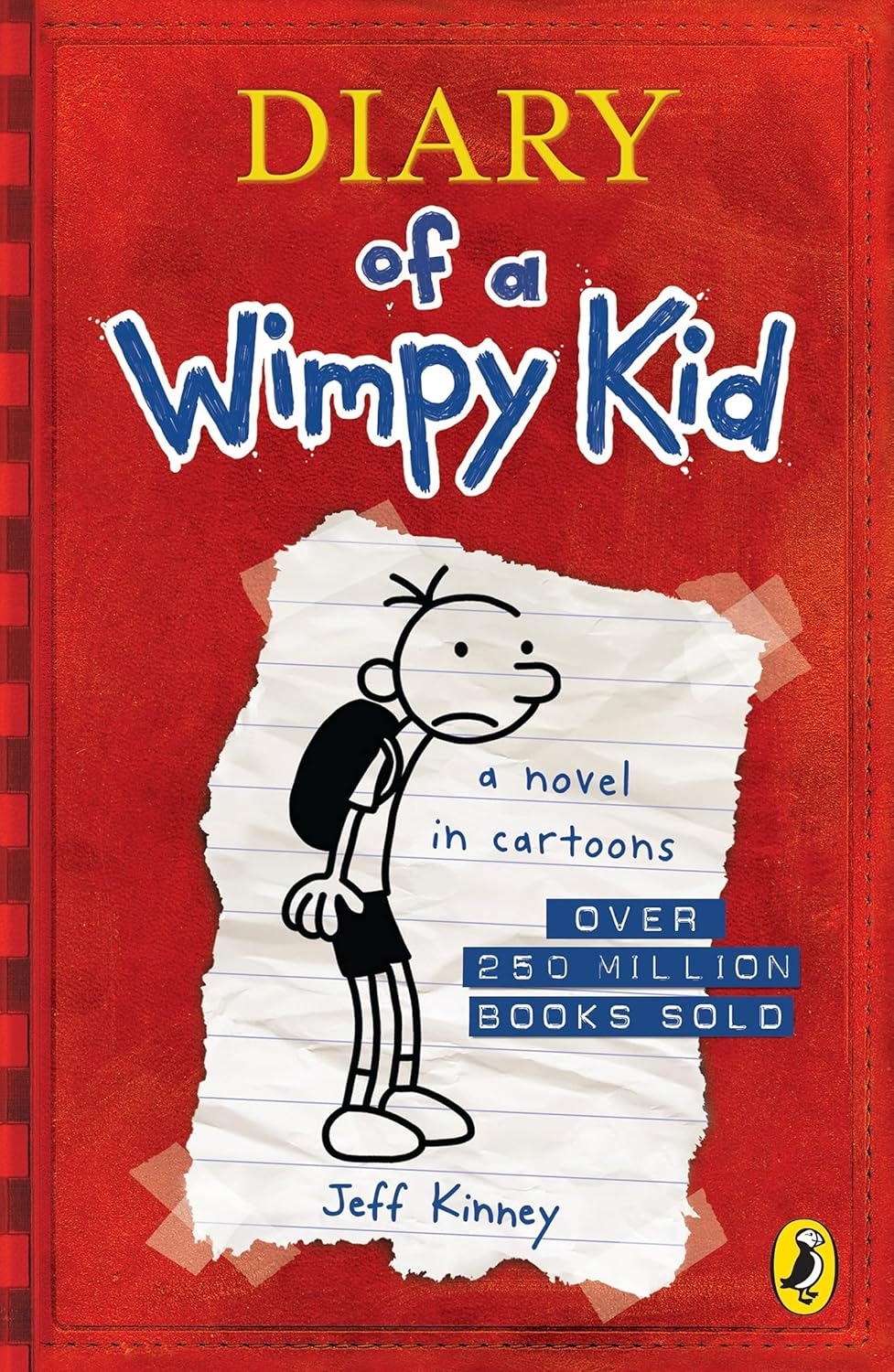
Jeff Kinney’s series — halfway to being a comic book — is a bridge between picture books and the “chapter books” that some children, especially boys, find forbidding. They are very funny, with their protagonist’s wan acceptance of his low place in the hierarchy of life. There’s Greg’s noisome elder brother, Rodrick, with his excellently named band Löded Diper, his best friend Rowley, his baby brother, Manny, and the weirdo Fregley. My kids ate these up and, hallelujah, there are dozens of them.
Puffin £7.99, age 8-10. Buy from timesbookshop.co.uk
Harry Potter series by JK Rowling
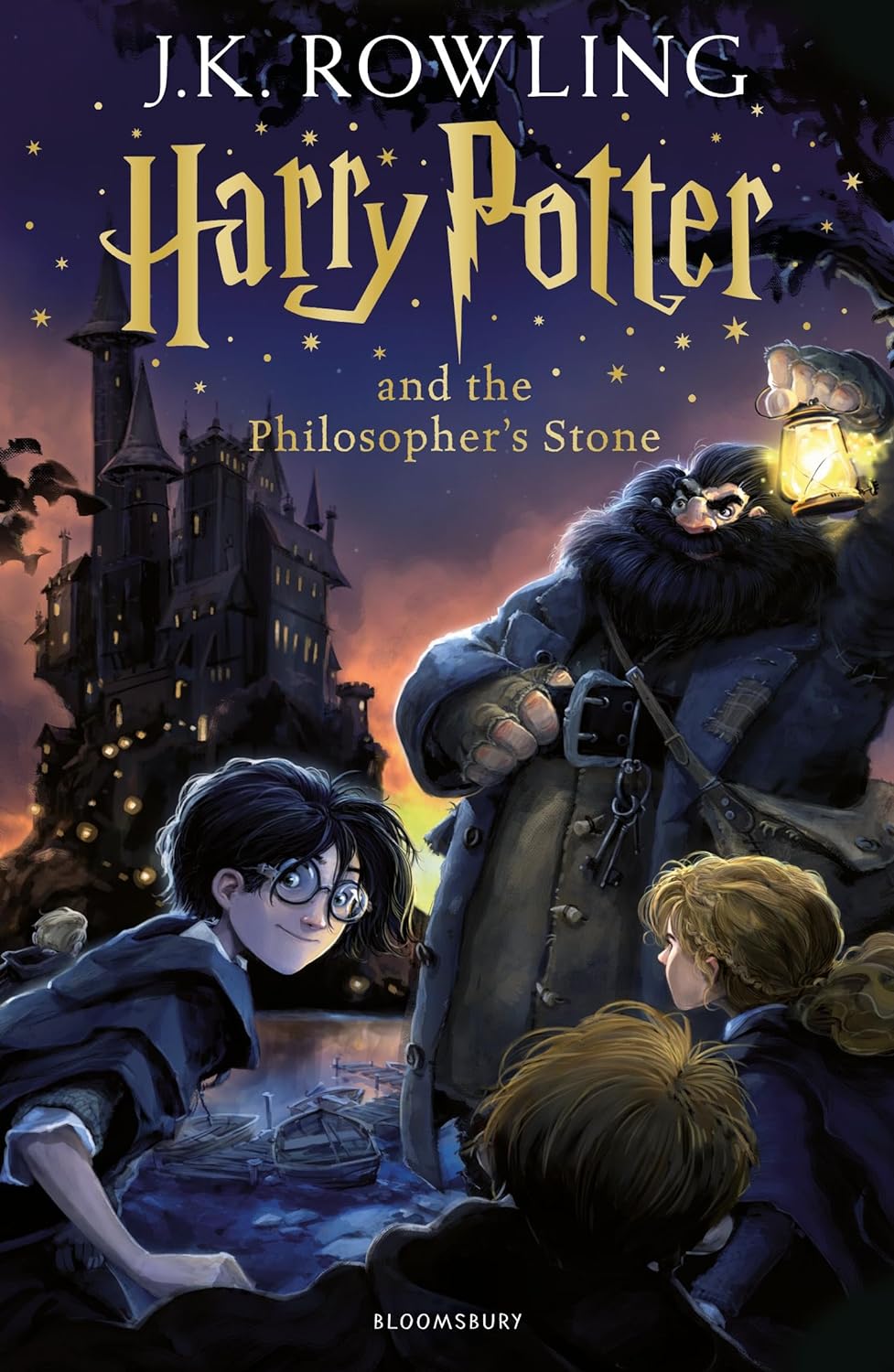
The Harry Potter books got at least two generations of children reading with rapt enthusiasm even as the age of digital distraction dawned. Their astonishing success wasn’t any sort of marketing trick: it was down to the fact that kids loved them. And they still work: they are well paced, funny, relatable and they create a bustling magical world that is, it’s possible to imagine, just a hop through a brick wall away from our own. JK Rowling magpied the best bits from children’s literature and served them in a fresh, inventive and appealing package.
Bloomsbury £8.99/£9.99, age 8+. Buy from timesbookshop.co.uk
Advertisement
A Good Girl’s Guide to Murder by Holly Jackson
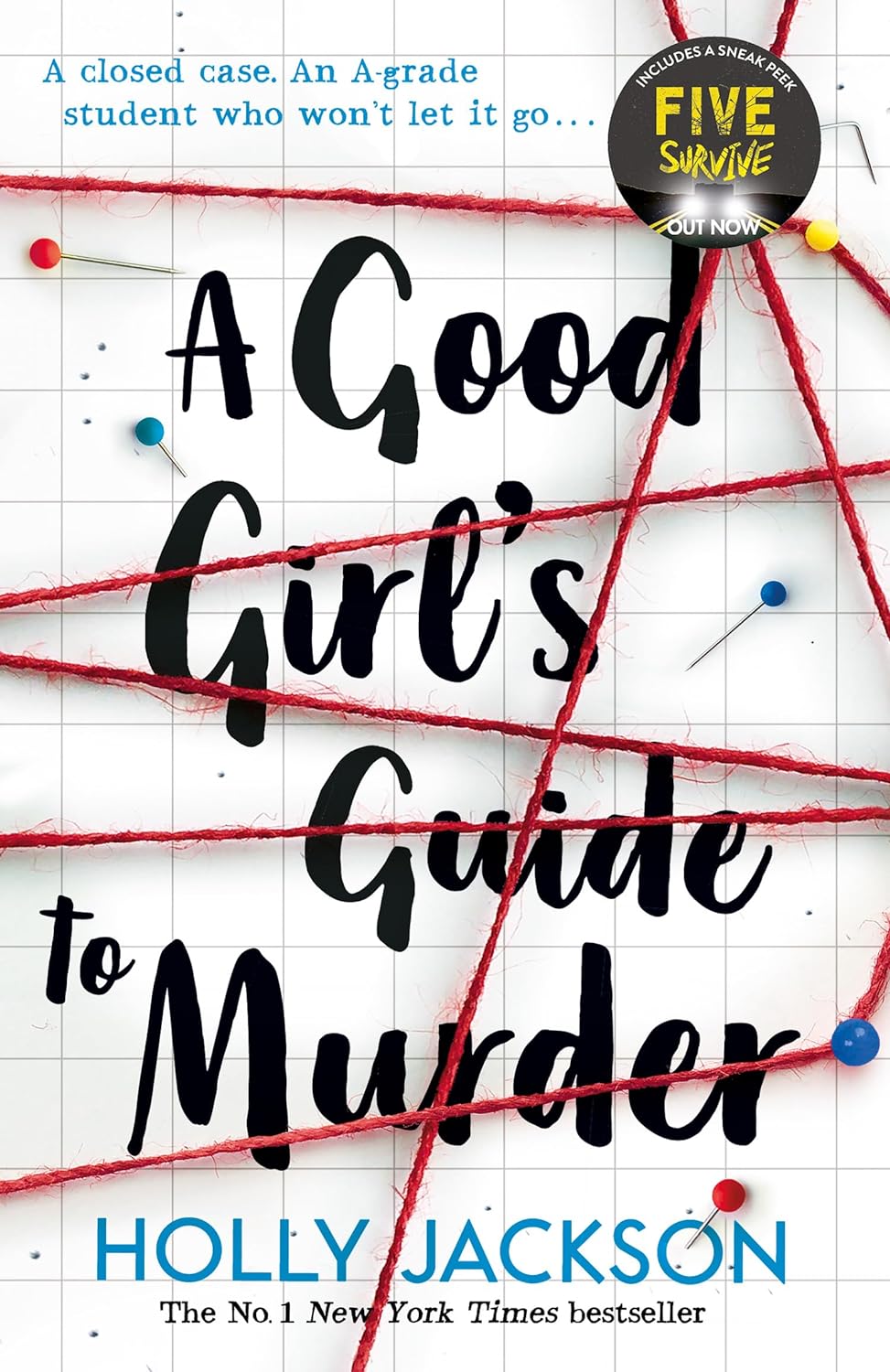
What gets children reading? A good story and there are few purer page-turners than crime novels. If they are not quite ready for Agatha Christie, and Nancy Drew is too last century, Holly Jackson’s Good Girl series may do the trick. Twisty, gritty, set in a recognisable world of podcasts, mobile phones and school rivalries: these had my 13-year-old hooked. Richard Osman’s sales figures show that crime fiction still casts a spell over adults; Holly Jackson and those like her do the same thing for children. And if, as with the TV drama series Heartstopper, some young readers are led there by Netflix, there’s no harm in that.
Electric Monkey £9.99, age 14+. Buy from timesbookshop.co.uk
Sam Leith is the author of The Haunted Wood: A History of Childhood Reading (Oneworld £30 pp592). To order a copy go to timesbookshop.co.uk. Free UK standard P&P on orders over £25. Special discount available for Times+ members
This post was originally published on here







